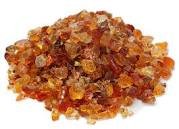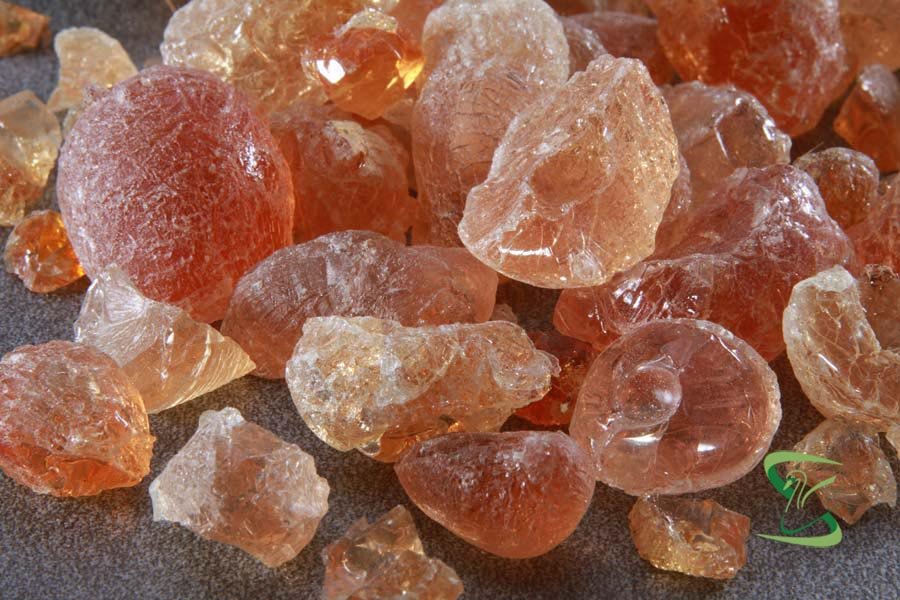Quick Contact
Brief description of Gum Arabic
Gum arabic, also known as gum Sudan, acacia gum, Arabic gum, gum acacia, acacia, Senegal gum, Indian gum, and other names, is a natural gum originally consisting of the hardened sap of two species of the Acacia sensu lato tree, Senegalia Senegal and Vachellia seyal. The term “gum arabic” does not legally indicate a particular botanical source, however. The gum is harvested commercially from wild trees, mostly in Sudan (80%) and throughout the Sahel, from Senegal to Somalia. Gum arabic is a complex mixture of glycoproteins and polysaccharides, predominantly polymers of arabinose and galactose. It is soluble in water, edible, and used primarily in the food industry and soft-drink industry as a stabilizer, with E number E414.

USES
- Gum arabic’s mixture of polysaccharides and glycoproteins gives it the properties of a glue and binder that is edible by humans.
- it remains an important ingredient in soft drink syrup and “hard” gummy candies such as gumdrops, marshmallows, and M&M’s chocolate candies.
- For artists, it is the traditional binder in watercolor paint and in photography for gum printing, and it is used as a binder in pyrotechnic
- Pharmaceutical drugs and cosmetics also use the gum as a binder, emulsifying agent, and suspending or viscosity-increasing agent.
- Winemakers have used gum arabic as a wine fining agent.
- It is an important ingredient in shoe polish and can be used in making homemade incense cones. It is also used as a lickable adhesive, for example on postage stamps, envelopes, and cigarette papers.
- Lithographic printers employ it to keep the non-image areas of the plate receptive to water.

Major Producing Areas
- Jigawa,
- Yobe,
- Borno,
- Kebbi,
- Sokoto and
- Katsina states
Major Importing Countries from FarEast Asia
- India
- China
- Japan
- Singapore
- South Korea
- Philippines
- Thailand
